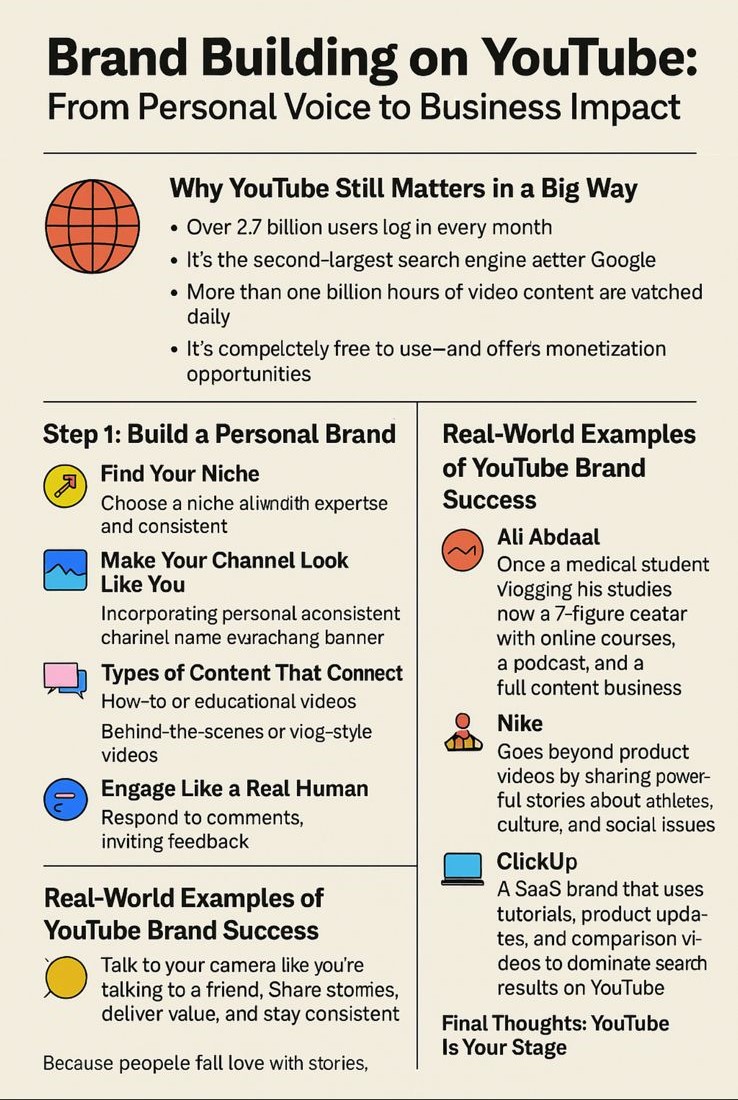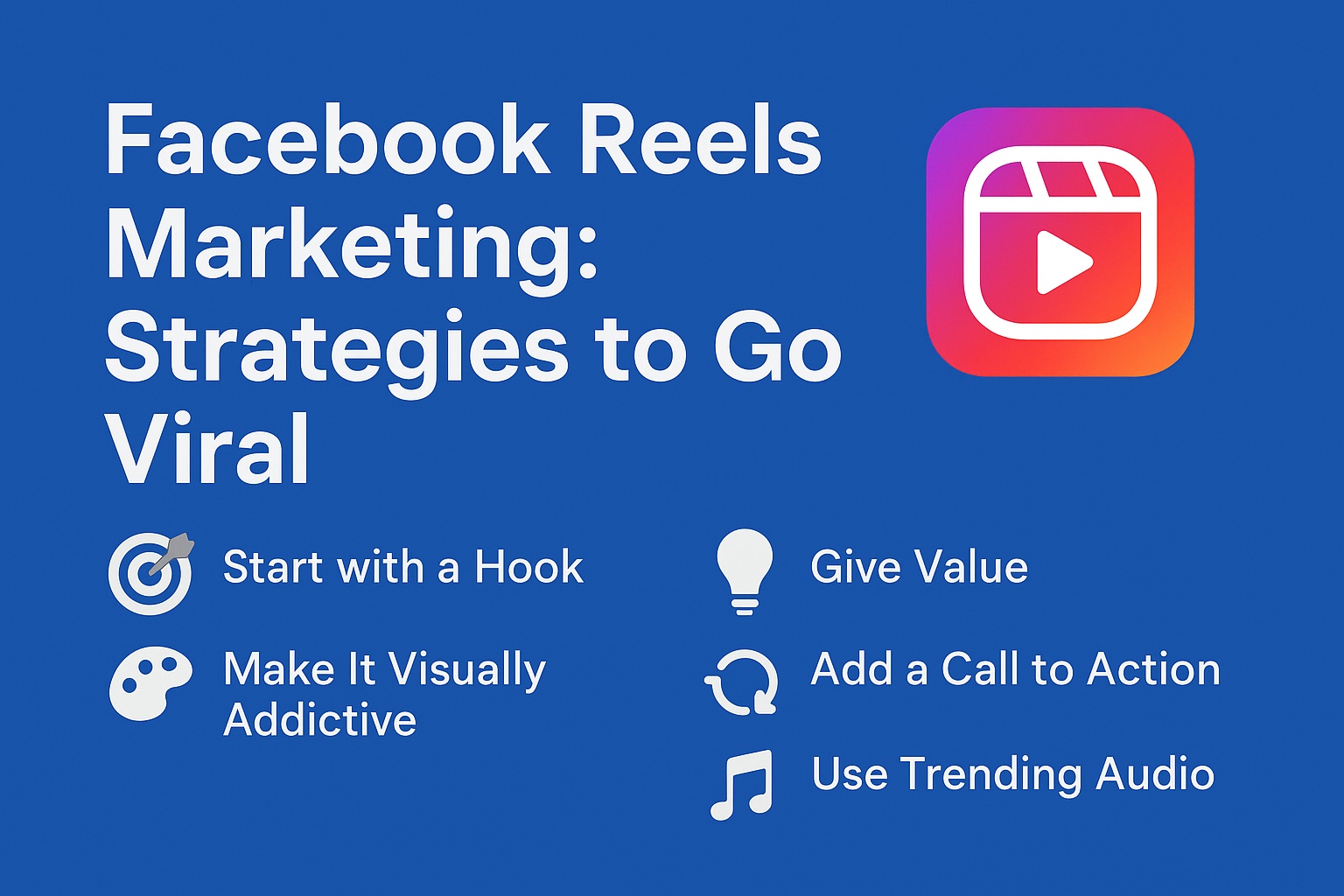Search Engine Optimization (SEO) is no longer the linear process it once was. In 2025, SEO has become a dynamic, intent-driven, and AI-enhanced system where relevance, authority, and user satisfaction drive rankings. Traditional tricks don’t work anymore—and what matters most is building long-term credibility with both search engines and your audience. As Google and other search engines evolve, businesses, marketers, and creators must rethink their approach to SEO. It’s no longer about gaming algorithms. It’s about providing real value.
Let’s dive deep into what’s changed, what still works, and what forward-thinking SEO strategies you need to adopt in 2025.
From Keywords to Topics: The End of Exact-Match SEO
One of the biggest shifts in SEO over the past few years is the move from keywords to topics. Search engines now prioritize context over repetition. In 2025, algorithms understand user queries at a deeper, semantic level. Google’s AI models like MUM and BERT no longer just match strings of text—they interpret the meaning behind them.
This means that focusing on a single high-volume keyword like “SEO tools” isn’t enough. Instead, successful content is built around topic clusters and semantic depth. For example, if you’re writing about SEO tools, your content should also naturally cover terms like:
- Search engine visibility
- Technical SEO audit
- On-page optimization
- Keyword gap analysis
- Content scoring metrics
Google rewards this type of comprehensive topical coverage, which signals that your page is a trustworthy source for that subject.
The Role of AI in SEO Content Creation and Discovery
AI is now deeply integrated into how search engines understand content and how users interact with it. Google’s SGE (Search Generative Experience) displays AI-powered answers at the top of many search results, often pulling snippets from content directly.
- Zero-click searches are rising.
Your content must now be so clear and authoritative that even if the user doesn't click through, the visibility gives you credibility and brand presence. - AI favors well-structured content.
Use headers, bulleted sections, and semantic HTML to structure your content. Break long paragraphs into digestible chunks. Include internal anchors and FAQs. AI looks for clarity, hierarchy, and extractable insights.
Additionally, AI-based SEO tools like Clearscope, Surfer, and MarketMuse now help marketers optimize content against real-time SERP analysis, giving you a competitive edge in writing content that ranks.
E-E-A-T: Not Just a Guideline, But a Ranking Signal
In 2025, Google’s focus on E-E-A-T (Experience, Expertise, Authoritativeness, Trustworthiness) has only deepened. This framework governs not just health or finance websites, but virtually every domain where user trust is essential.
So, how do you optimize for E-E-A-T?
- Experience: Demonstrate real-world use, behind-the-scenes knowledge, or firsthand outcomes. Include personal stories, original data, or case studies.
- Expertise: Clearly show credentials. Author bios, LinkedIn links, or featured appearances in industry publications can help.
- Authoritativeness: Secure backlinks from authoritative sites in your industry. Guest post, get cited, and build connections.
- Trustworthiness: Ensure your site is secure (HTTPS), fast, and transparent. Have clear privacy policies, terms of service, and contact info.
SEO in 2025 demands that your content is credible and your site is trustworthy—or you simply won’t compete.
Content Quality: Long-Form, Useful, and Human
The era of thin content is officially over. In 2025, pages that rank are often over 1,500–2,000 words, deeply researched, and crafted with genuine intent to help users—not just draw traffic.
But length alone doesn’t matter. The content must be:
- Original: AI-generated content that merely paraphrases existing posts gets filtered quickly. Add perspective, experience, or proprietary research.
- Useful: Every sentence should answer a question, resolve a concern, or guide the user forward. Think value per scroll.
- Visually engaging: Add custom graphics, process visuals, embedded tools (like calculators), and infographics. These help keep users engaged—and reduce bounce rates.
Search engines increasingly use engagement metrics like dwell time, pogo-sticking behavior (click-return-click), and scroll depth to evaluate content quality.
The Evolving SERP Landscape: Zero-Click, Featured, and Visual
In 2025, Google’s SERP (Search Engine Results Page) has evolved into a blend of AI snapshots, visual cards, “people also ask” blocks, and featured snippets. Ranking #1 no longer means being seen first. Instead, your real estate on the page depends on how well your content is optimized for these dynamic formats.
- Use schema markup (FAQ, HowTo, Review, Product) to increase your chances of enhanced results.
- Target featured snippets by answering key questions in <50 words near the top of your article.
- Use descriptive meta titles and meta descriptions to win the CTR battle even when you’re not at position one.
- Include high-resolution images with descriptive alt-text for better visibility in visual search.
Optimizing for search in 2025 means optimizing for every way users discover content—not just the old 10 blue links.
Backlinks Are Still Gold—But Not All Links Are Equal
While some have declared backlinks "less important" with the rise of AI, in reality, quality backlinks remain a foundational ranking factor. But it’s no longer a numbers game.
What works in 2025:
- Contextual relevance: A link from a niche blog related to your topic is more powerful than a generic high-DA link.
- Anchor text variation: Use branded, partial-match, and generic anchors naturally.
- Editorial inclusion: Links placed within editorial content carry more authority than footer or sidebar links.
- Digital PR and data storytelling: Original research or interactive reports that others cite is a goldmine for earning natural backlinks.
Avoid paid link farms or spammy exchanges. Google is now better than ever at detecting manipulative link building practices.
Core Web Vitals and Mobile UX: A Performance Mandate
Page experience metrics are more than just nice-to-have—they directly affect rankings. With 70–80% of global traffic on mobile, site performance is an SEO asset.
Make sure to:
- Pass Core Web Vitals (LCP under 2.5s, CLS under 0.1, FID under 100ms).
- Design mobile-first. Mobile isn’t a responsive afterthought—it’s where SEO battles are won.
- Use image compression (WebP or AVIF), lazy loading, and server-side rendering for better loading performance.
- Test on low-bandwidth devices to ensure accessibility for all users.
In short, if your site loads slow, skips frames, or visually shifts, your SEO will suffer—even with the best content in the world.
Visual and Voice Search: The New Frontiers
Search is no longer typed-only. With the rise of voice assistants and visual AI search (like Google Lens and Pinterest Lens), SEO has entered a multisensory era.
- Writing in natural, conversational tone for voice search. Think “What’s the best time to post on Instagram?”
- Using question-based subheadings and answers (ideal for smart assistants).
- Optimizing all images with alt-text, descriptive file names, and structured metadata.
- Geotagging for local SEO, especially for “near me” voice searches.
More than 55% of teens and 40% of adults use voice search daily. If your content isn’t findable beyond the keyboard, you’re missing key traffic streams.
Data-Driven SEO: The Rise of Predictive Optimization
In 2025, SEO is no longer reactive. It’s predictive.
AI-powered tools now analyze your competitors, current ranking patterns, SERP features, and keyword volatility in real time. This allows SEO teams to:
- Predict traffic dips before they happen
- Identify trending topics before they peak
- Eliminate keyword cannibalization issues
- Detect content decay and schedule refreshes accordingly
Set up systems using platforms like Semrush, Ahrefs, SurferSEO, or even custom Google Looker Studio dashboards to see around the corner.
Final Thoughts: SEO in 2025 Is a Mindset, Not a Tactic
The truth is, SEO in 2025 is not just about following checklists—it’s about embodying a strategic, long-term mindset. It’s no longer about quick hacks or short-lived rankings. It’s about building digital equity.
When you create real value, respect user intent, optimize performance, and publish with purpose—you not only rank, but you earn trust. And in the end, trust is the currency that drives visibility, loyalty, and growth.





